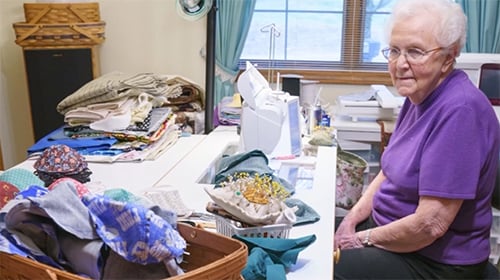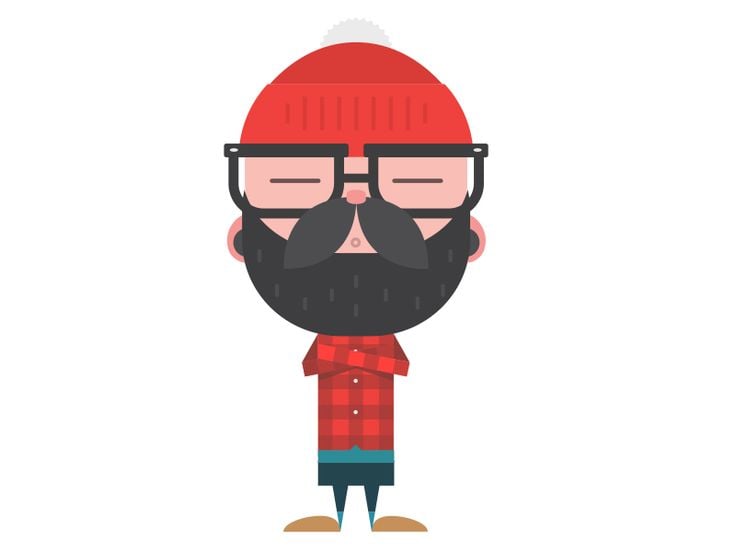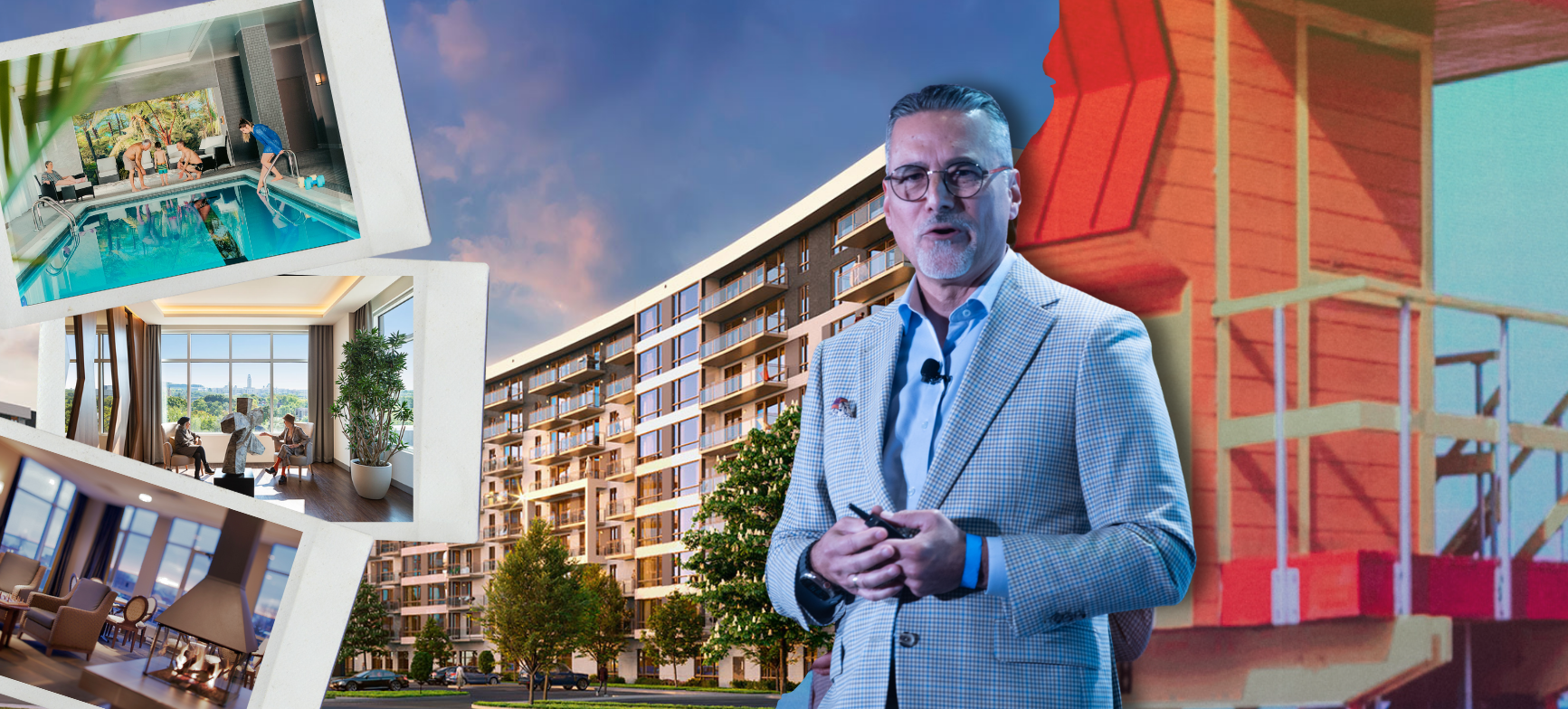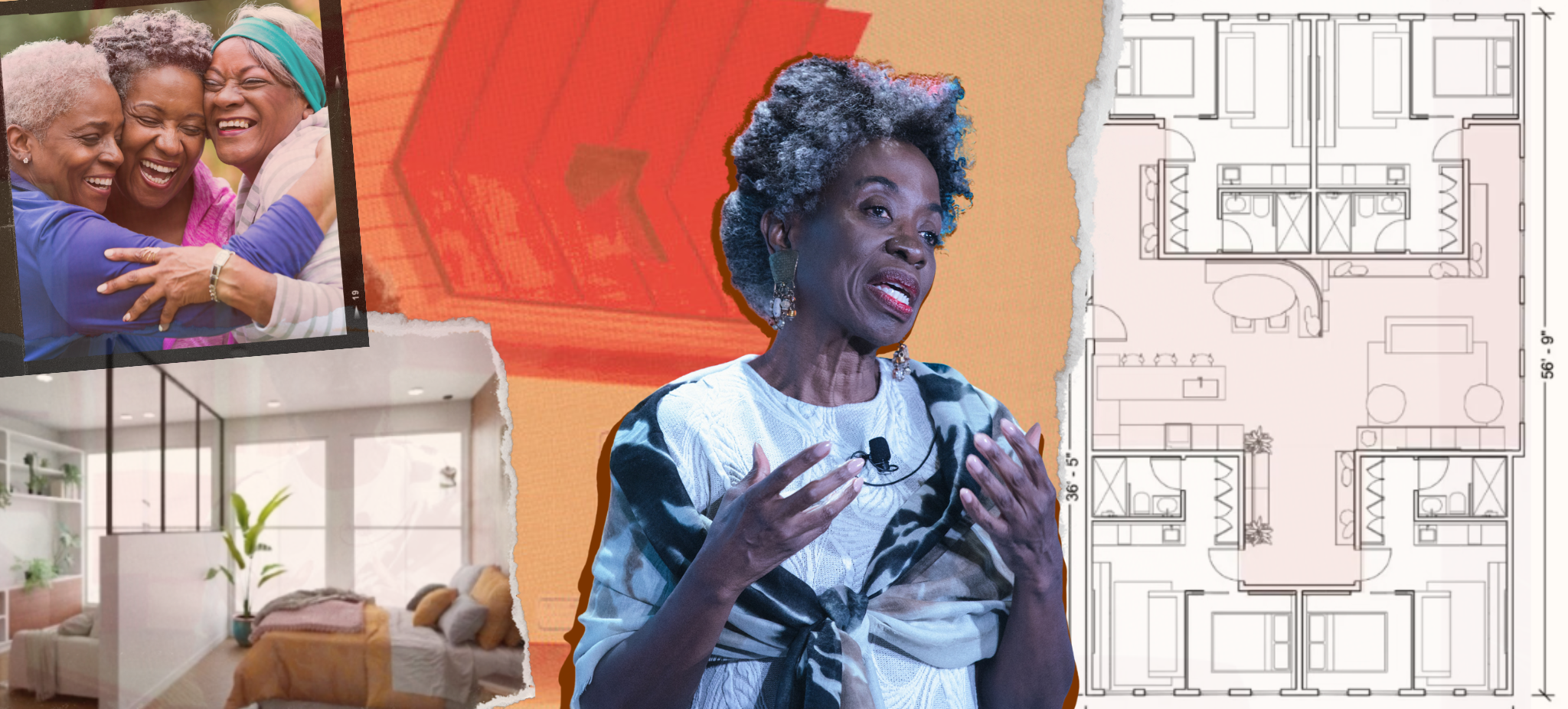At 70, Bob Kramer, the founder of the National Investment Center for Seniors Housing & Care (NIC), has been busier than ever. Even during this period of physical isolation, he is continuing his relationship with NIC while launching a new advisory firm, Nexus Insights, to help clients “rethink aging from every angle.”
Recently, Kramer shared his thoughts with SLIF on the short- and long-term impact of COVID-19 on the senior housing industry.
“There will come a time when we will see the pandemic in the rearview mirror. There will not come a time when we will return to the old normal,” says Kramer. “The speed and depth of the disruption in healthcare, senior care and the broader economy due to COVID-19 is a transformational moment. Changes that I thought would take years have occurred in a matter of weeks. The genie is out of the bottle and efforts to put it back will not be successful.”
One of the fastest transformations has been the healthcare sector’s embrace of telehealth and telemedicine after years of resistance. Kramer offers a pointed example from his own life. “I have a 72-year-old orthopedic surgeon. At an appointment in February we had discussed the telehealth trend and he thought he would be retired long before needing to embrace it. Then, about six weeks later, I received a call that my follow up appointment would be a televisit. “I had to laugh,” Kramer says. “This points to a broader trend. Whereas the majority of doctors before weren’t embracing telehealth, now they have to and they can get paid for it.”
The hospital and the doctor’s office waiting room are dangerous places for frail elders with underlying health conditions. During this period of quarantine, senior housing leaders are seeing the potential for telehealth, versus the old model of relying on the ER or the doctor’s office as the primary option to deliver healthcare to their residents. That model will not work in the future. “Residents and their families won’t accept sending them out to receive healthcare services when they now know there are safer options available to receive many of these services where they live,” Kramer says.
Referring to the senior housing and care sector’s role in healthcare, Kramer noted another key change shaped by the pandemic. “Before, we weren’t part of the healthcare continuum. Now, we’re part of it, for better or worse,” Kramer says.

“We’re the frontline of defense for the healthcare system for more than two million of those at highest risk in this pandemic. We’re the key to keeping these frail, older adults from flooding the ER and ICU beds of our hospitals.”
Regaining Focus
Kramer emphasizes that the industry is concentrating on protecting its residents in the midst of the pandemic. However, once the lockdown is lifted and move-ins can begin again, senior housing must return to focusing on the quality of life that its setting provides while also demonstrating that residents are safer in their setting than out in the broader community.
“Right now the pendulum has rightly swung to a total preoccupation with infection control and quality of care,” he says, “However, when you only focus on care, you miss the essential value proposition of our setting - socialization - which is a powerful antidote to the isolation and loneliness that many single adults have experienced during the pandemic.”
Improved digital communication, room sensors and telemedicine will make it easier for seniors to stay in their own homes if they want and still receive services. “The compelling reason for seniors to WANT to move into senior housing is aspirational, says Kramer, “they desire human connection and engagement - new friends when old ones have died or moved away and a new sense of engagement and purpose. These are the very things they have missed most during the time of forced isolation brought about by COVID-19.
Kramer worries that a fear of congregate settings could continue well past this pandemic. “This impact extends well beyond senior housing to co-housing, co-living, co-working, micro-apartments, the move to minimal personal space, and the current trend of empty nesters leaving the suburbs and moving back to cities.” He believes this new fear of density will continue and may significantly slow down, if not reverse, these societal trends of the last several decades.
To compensate for these fears, and because it makes sense from a health perspective, senior living communities — even large ones — will be designed with smaller groupings and neighborhoods within the communities. “Whether it's 60 units or 160, you’ll see small neighborhoods that can easily isolate when an infectious disease strikes.” That’s what adult children will be asking about.
An Unexpected Labor Pool
It’s hard to believe that a few months ago US unemployment was at record low levels. Now it’s at the worst level since the Great Depression, at 15%, likely climbing to 20% or even higher.
In many ways, this situation presents tremendous opportunities for the seniors housing industry that desperately needs access to new labor pools, though there are obstacles, Kramer says.
“Of the more than 35 million people filing for unemployment, most are in the business of serving people — hotels, cruise lines, restaurants, spas, gyms and the retail sector,” he says.
“The labor pool is available now, but on the other hand, we have to have a value proposition that’s attractive for these folks. We have to emphasize the rewards of working in our setting in order to overcome what may be understandable concerns,” Kramer believes.
For prospective hires, the rewards include the satisfaction that comes from improving the daily life experience of seniors, building lasting bonds with residents for whom you become like family. “In this industry, you’re forming friendships that can be incredibly meaningful, friendships that will carry people until they die. You’re making a connection and a difference in someone’s life.”
While the market is suddenly flooded with potential applicants many of whom value the role of serving other people, the operating costs for senior housing have risen too. And much of the increase in these costs will continue once the pandemic subsides, Kramer stresses. “The costs of labor have gone up during the pandemic by 10-15%, including the costs associated with testing and PPE,” he says. “Plus, what you need to pay people when they’re on the front lines in a war. Business models will need to be adjusted.”
On the plus side, he believes this crisis has underscored the essential role performed by front-line staff.
Addressing the Middle Market
Referencing NIC’s 2019 “The Forgotten Middle” study, Kramer believes the need for senior housing to serve the middle-income population will only continue to grow as a result of COVID-19. In fact, more seniors may slip into this enormous, underserved segment. There may now be fewer than the one-third who, at the time of the study, were found to be able to afford most private pay independent living and assisted living options currently on the market.
“After this health and economic crisis, affordability will be even more of a challenge. This will be a huge market. Even as labor costs continue to go up, we’re going to have to figure out how to deliver a product for this segment,” he warns. “In terms of economic impact, we don’t know what kind of recovery we will see. The bottom line is we do know most people will have fewer financial resources than they did before the pandemic hit.”
The Models Keep Changing
Post COVID-19, will seniors wait even longer to move into assisted living and independent living communities? “In the case of assisted living and memory care communities, we are more likely to see pent up demand, at least initially,” Kramer says. “We may see a delay in moving in for independent living communities. Much will depend on the severity of the economic recession and the speed of the recovery.” He notes that after the financial crisis of 2008, seniors and their families delayed the move into senior living as long as they possibly could.
“The result is that independent living looks like assisted living 10 years ago and assisted living (not the nursing home) is the last home for many,” he says, adding that throughout the last decade, seniors have waited longer and longer, as their health and mobility declines, to leave their homes and choose senior living options. “So, we in senior housing changed our basic sales pitch. We adapted to the higher acuity level of our move-ins by saying ‘we have the care you need when you can no longer live without it.’”
“If care is the sole or even primary sales message, that’s not a compelling message, in this environment, for people to want to move in to senior housing. It becomes a place to avoid for as long as you possibly can,” Kramer observes. And telemedicine and digital communication together with home visits will make it possible for seniors to delay their move if the sole reason for the move is to get care.
Citing recent studies which found seniors face “an epidemic of loneliness, which is deadly for their health (one study found that loneliness has the health impact of smoking 3/4 of a pack of cigarettes daily), Kramer says senior housing needs to market the ways in which it enhances quality of daily life for its residents. It must offer an aspirational model for living, not just a need-driven model for care.
 |
“Boomers, especially, will find the current ‘care’ models ageist, condescending and built on a dependency model of aging services,” Kramer says. “Boomers, who defined their generation by their fight for their rights, especially by boomer women, are unlikely to WANT to move into a model that seems to extend the dependency model of infant care and child care to senior care and will take advantage of digital communication, telehealth and home visits to postpone the move to the maximum extent possible.”
“There’s a huge opportunity to develop a product that appeals to boomers now. The oldest boomers are 74, but many won’t need care until their late 80s. We will see a whole new lifestyle product that’s driven by aspirations for living, not need for care. It will be highly infused with technology and enable boomers to manage their own health and to personalize their living experiences,” Kramer says.
Bottom line, senior housing needs to add excitement and an attractive lifestyle. “Our model should not be based on just entertaining residents. It should be about engaging them,” he says. “How are people able to ‘refire’ their sense of human connection, social belonging, purpose and meaning in the senior housing setting? Especially at a time when many older single adults realize how much is lost when they are physically isolated from human connections.
Kramer says, “As Lisa Marsh Ryerson, President of the AARP Foundation has stated, our activities directors need to become ‘purpose matchmakers’ for our residents.”
The Importance of Transparency
With all the controversy surrounding the nation’s slow response to warnings about the spread of COVID-19, the importance of openness and honesty from all levels of leadership is greater than ever. Because of the all-too-human tendency to point the finger of blame in a crisis, it’s critical for leaders in our sector whose residents and staff have been casualties in the COVID-19 war, to be proactive in their communication with residents, families, staff and others. They must be transparent about the number of cases and deaths in their communities, their needs in terms of testing with rapid results and PPE, and the steps they are taking to protect and care for residents.
“Transparency will be an indispensable currency in our sector going forward,” Kramer says, adding that “it is essential for companies and the sector to maintain credibility and trust. Once trust is lost, it is extremely difficult, and sometimes impossible, to regain. Lack of transparency will be interpreted by many as having something to hide, or worse, as a tacit admission of guilt.”
Seniors Add Tremendous Value
The spotlight on chronic underfunding of long-term care residents in nursing homes combined with the failure to make nursing homes and senior housing communities a top priority for COVID-19 testing and PPE during the first three months of the pandemic outbreak in the U.S., even as media stories report on infection and death rates in senior housing and long-term care properties, bring to light an ugly truth - as a nation we don’t value the lives and contributions of our elders, Kramer says.
“When you have elected officials saying those over 75 should step up and take one for the country, it reinforces the idea that once you retire or reach a certain age, you stop being a positive, contributory member of society,” he says. “This idea that older adults are expendable is an ageist point of view. We’ve got to challenge it and change that narrative.”
Kramer refutes this attitude as not only cold, but wrong. “Not only are seniors key in terms of spending dollars, people over age 50 have the highest rate of starting new businesses,” adding, “Older adults don’t want to be defined by their medications and chronic conditions. They want to be defined by what gives them meaning, a sense of belonging and purpose, just like everyone else. Many older adults are looking for opportunities to serve others. We need, as a society, what these folks have to offer - their wisdom based on experience, their contributions as mentors, teachers, role models, and caregivers.”

“That’s why I get excited about senior housing communities where residents are making face masks for healthcare workers and where seniors have become Facebook buddies to kids in foster care. Our residents want to give back and be part of the solution to the challenges and needs in our society.”
As someone who studies so many aspects of senior housing, Kramer takes pride in the ways providers are meeting the challenges of the pandemic. Many show the same level of commitment and courage as care providers in hospitals and other healthcare settings, with much less public fanfare and support.
“It’s so encouraging to see how members of our industry are taking the initiative and innovating ways to protect their residents and staff with little or no government assistance or public encouragement. It’s especially inspiring to see smaller, lesser-known providers who are doing a fantastic job.”

Posted by
SLIF heads to Huntington Beach!
The One of a Kind Retreat for Senior Housing Leaders.
Oct 26-28 | Huntington Beach, CA
Learn More







Comments